Trans pride bow – a carnival accessory and statement for human rights
Artefact of the month – November 2019
Forced sterilisation is currently the most serious violation of human rights by the Finnish state against the trans population.
The National Museum of Finland documents current social phenomena and cultural change, in addition to the government’s actions and interaction with citizens. The aim is to record a picture of Finnish society for the museum’s collections, making it as multi-voiced and truthful as possible and incorporating the history and present situation of all citizens, including various minorities.
The history of sexual and gender minorities has become a subject of historical writing and research in the 2000s. The topic was previously largely silenced and overlooked – even in the collections of museums. The materials created through modern documentation can be used to expand existing collections and establish the experiences of minorities as part of a broader historical and national narrative.
Through legislation, the government’s exercise of power extends to questions related to the private lives and identities of individual citizens. The capability of those belonging to gender and sexual minorities to build a life that reflects their identity has varied in different times based on their legal gender, place of residence and social status, for example. The boundaries of gender and sexuality have been controlled by legislation, medicine and the church. Legislation continues to play a major role, and oversight and control are also exerted through customs and norms.
The gender reassignment process is subject to the ‘Trans Act’ (Act on the Legal Recognition of the Gender of Transsexuals 563/2002), which came into force in 2003, being the first law to address the treatments used to treat transsexuals and gender reassignment, as well as Decree 1053/2002 with regard to the confirmation of gender. The current Trans Act can, in many ways, be considered to be problematic and to violate the right of self-determination. For example, the requirement of infertility, or forced sterilisation, that is a condition for the confirmation of gender is a human rights violation, and parties such as the UN Human Rights Council have recommended that Finland change it.
The legislation on transsexuals is once again at a turning point, as an amendment to the law was entered into the government programme in 2019 and is now pending. Improvements will be made to the law: for example, the requirement of infertility will be removed, and medical treatments will be distinguished from a legal gender reassignment.
The Artefact of the Month, a red bow in trans pride colours, was made at the National Museum’s Bowpowr workshop in June, when the museum served as an event venue, or Pride House, for the Helsinki Pride 2019 event. The museum documented the Pride House and its events e.g. with photographs and objects, such as the trans pride bow. The theme was the impact of legislation and the government on the status of gender and sexual minorities and the lives of individuals.
At the Bowpowr workshop, participants used various recycled textiles to make bow accessories that could be worn around the neck or pinned to hair or clothing. The participants could choose to use either pride colours, trans pride colours or non-binary pride colours in the centre of the bow. The Artefact of the Month was worn as a hair accessory in the Helsinki Pride parade held on Saturday 29 June 2019 and the subsequent celebration in a park.
Attitudes towards transsexuals have changed in Finland over the last few decades, and they continue to vary by region, for example. In the Helsinki Metropolitan Area, attitudes towards gender minorities became more positive during the economic boom of the 1980s but hardened again during the economic recession in the 1990s. In recent years, there has been a significant global shift in attitudes, excluding a few countries, towards more tolerance due to advocacy by organisations, for example. Transsexuals have started to gain actual visibility.
In Finland, various campaigns have increased awareness of the problems in the Trans Act and the situation of transsexuals. This shift was also visible in the Pride parade, which has grown into a mass event. According to one participant, the number of trans pride flags flown was clearly higher than before, and they had even sold out. Pride is also increasingly becoming a celebration for gender minorities.
The trans pride bow was a carnival accessory worn by Pride parade participants, but its significance extends far beyond that. The bow represents the current social attitudes and the increasing awareness of the situation of transsexuals as a result of the transformation of the legislation on transsexuals. It is a statement made by its wearer for a more equal Finland that respects human rights.
Maria Ollila
Quote: Tanja von Knorring, Chairperson of Seta’s Trans Political Committee, 19 September 2019.



-
2024
-
2023
-
2022
-
2021
-
2020
-
2019
-
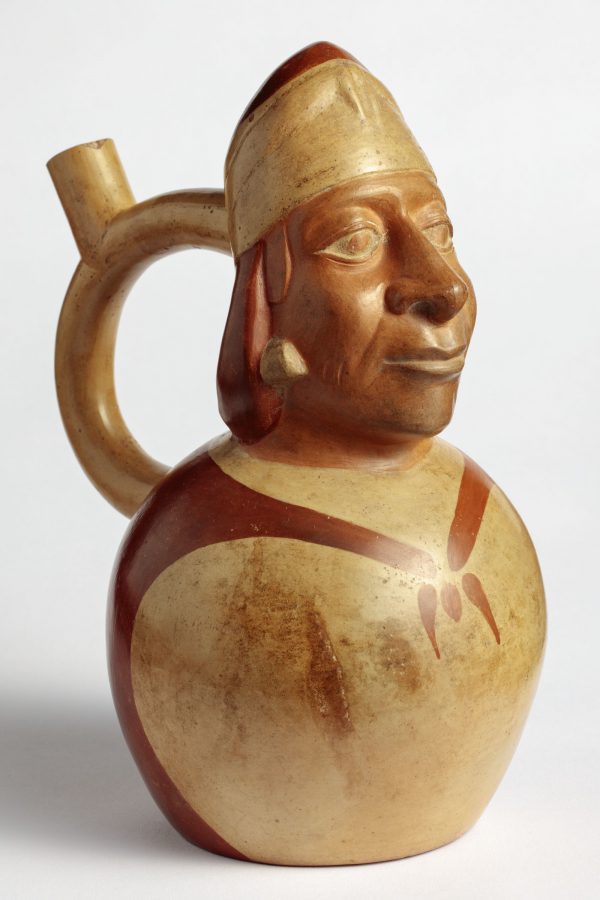 Stirrup-spouted vessel from Peru
Stirrup-spouted vessel from Peru
-
 Trans pride bow – a carnival accessory and statement for human rights
Trans pride bow – a carnival accessory and statement for human rights
-
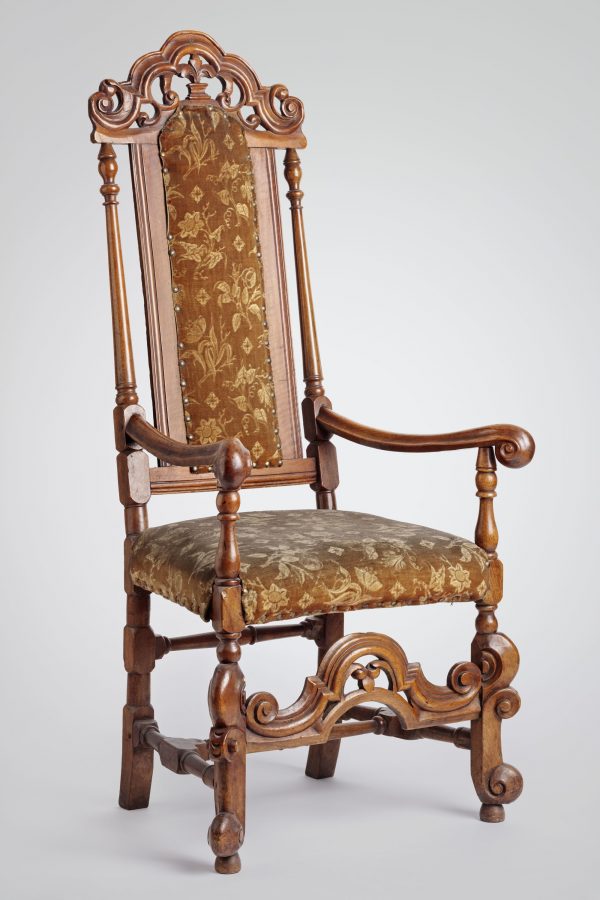 Retro upholstered baroque armchair
Retro upholstered baroque armchair
-
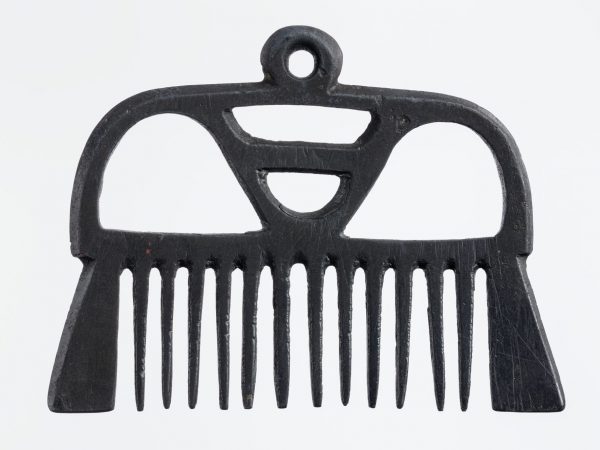 Comb pendant from the St Nikolai shipwreck
Comb pendant from the St Nikolai shipwreck
-
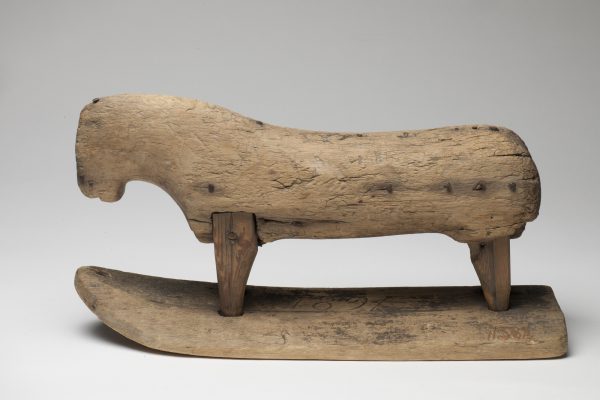 Wooden toy horse
Wooden toy horse
-
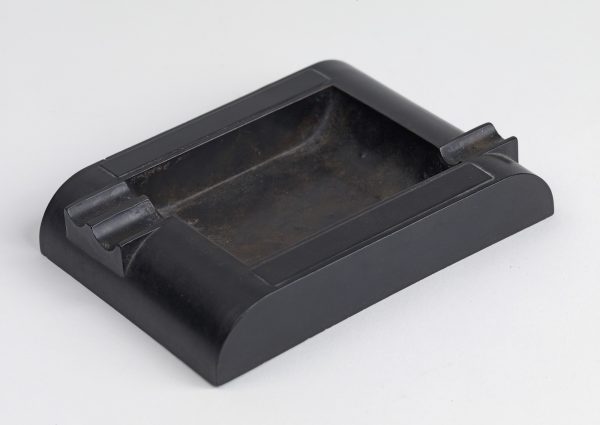 Ashtray
Ashtray
-
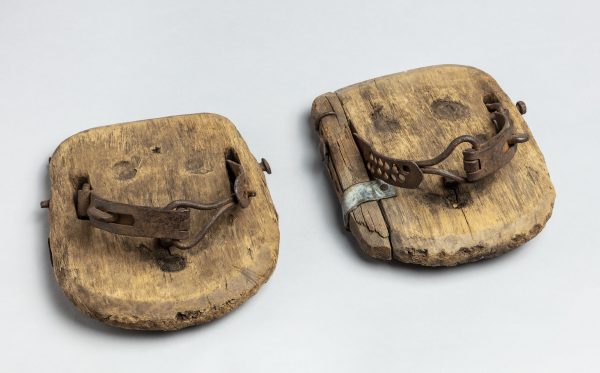 Marsh horseshoes
Marsh horseshoes
-
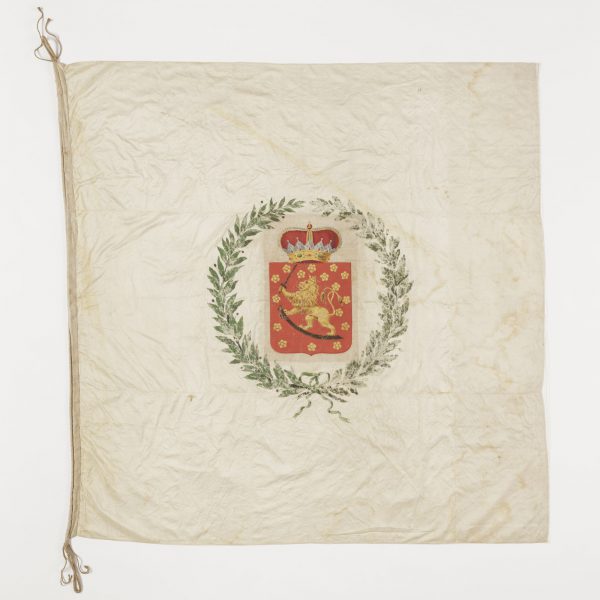 Student Union flag
Student Union flag
-
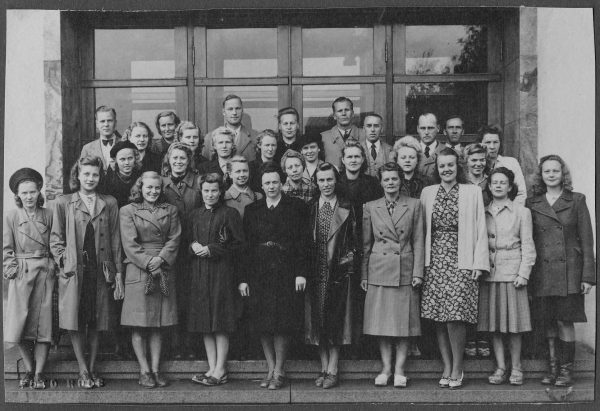 Stylish at work
Stylish at work
-
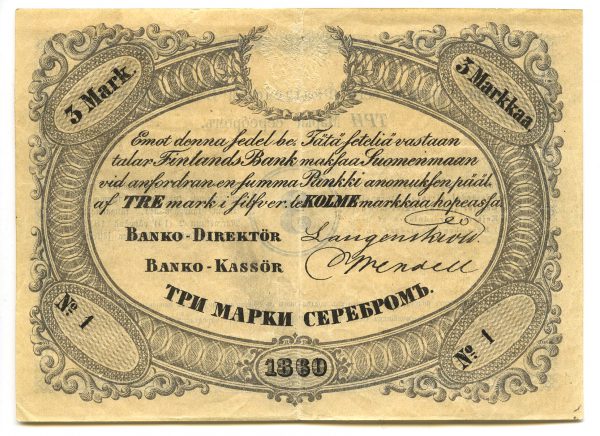 The first Finnish markka ever issued
The first Finnish markka ever issued
-
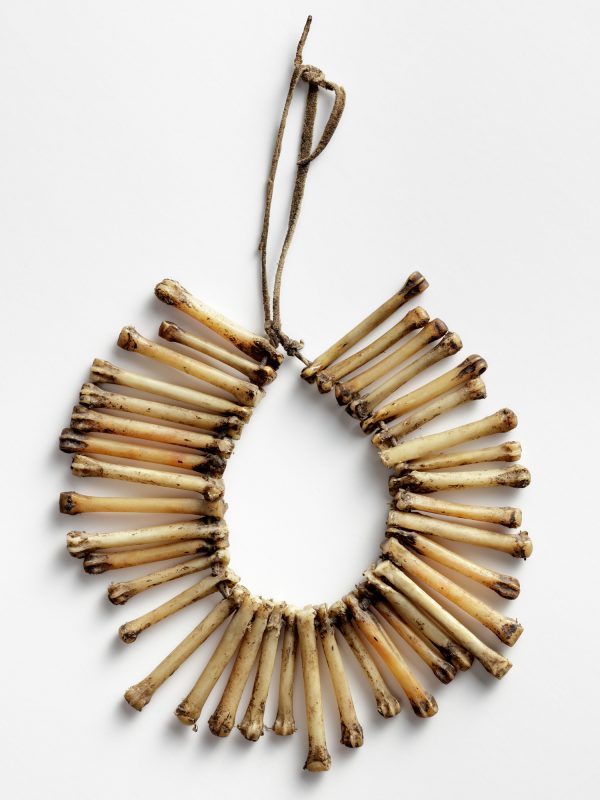 Seer's amulet
Seer's amulet
-
 Photopicture from Egypt
Photopicture from Egypt
-
-
2018